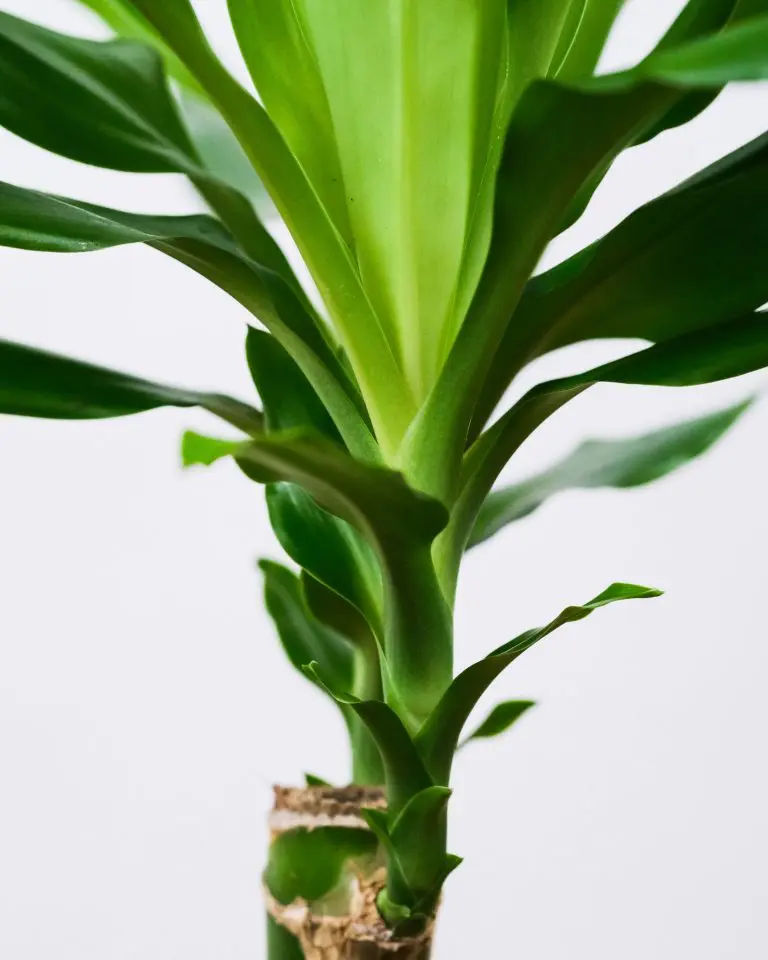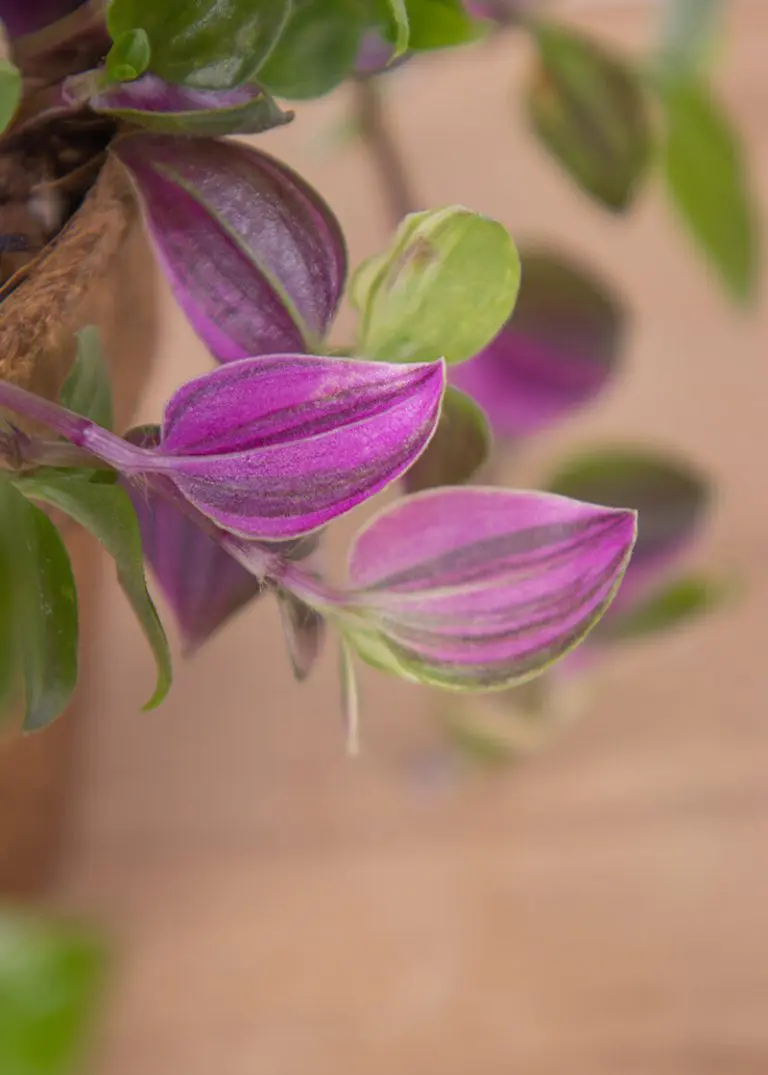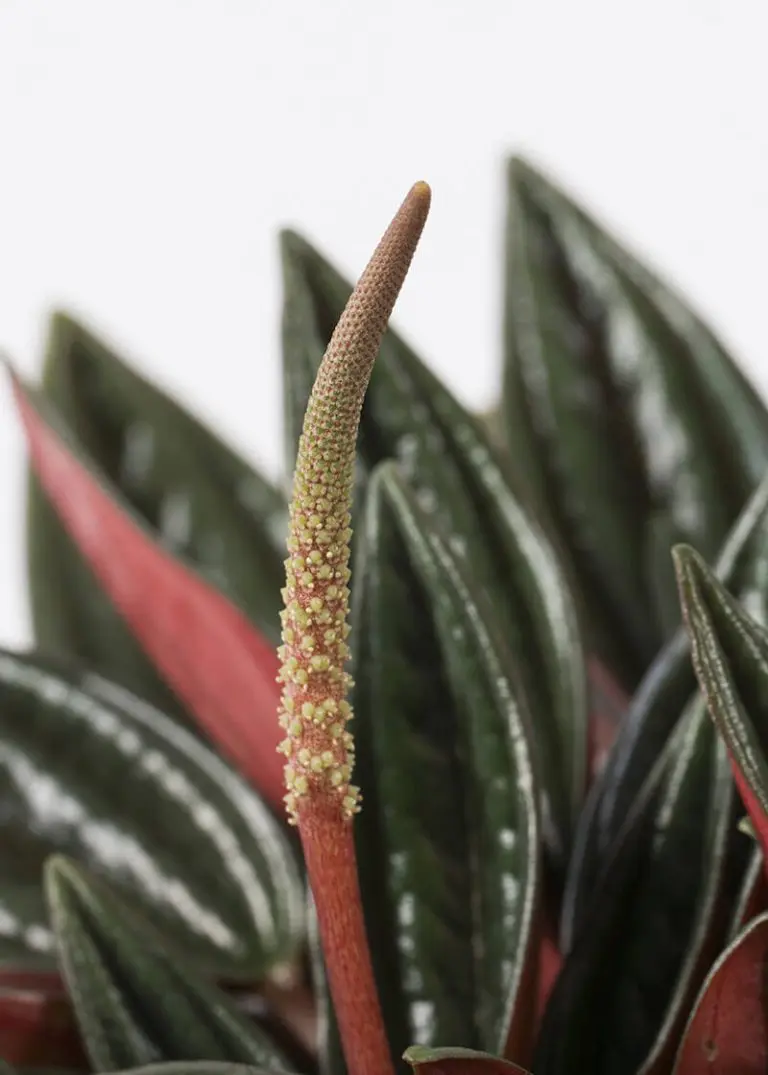A little dilute fertilizer can be added to the water at every watering.
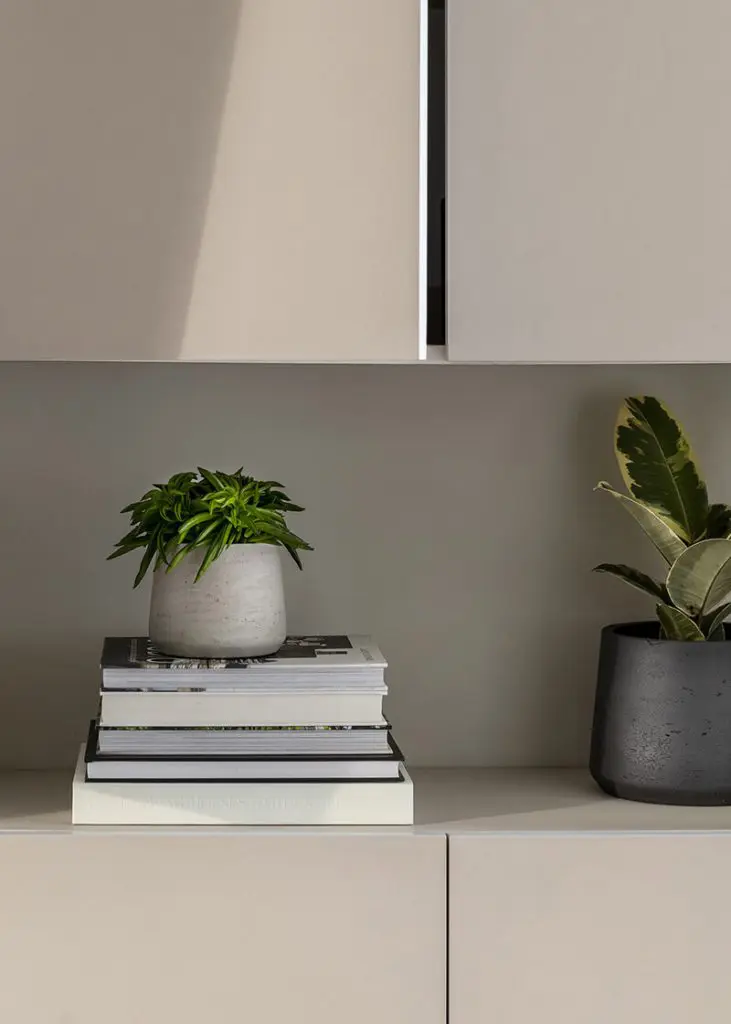
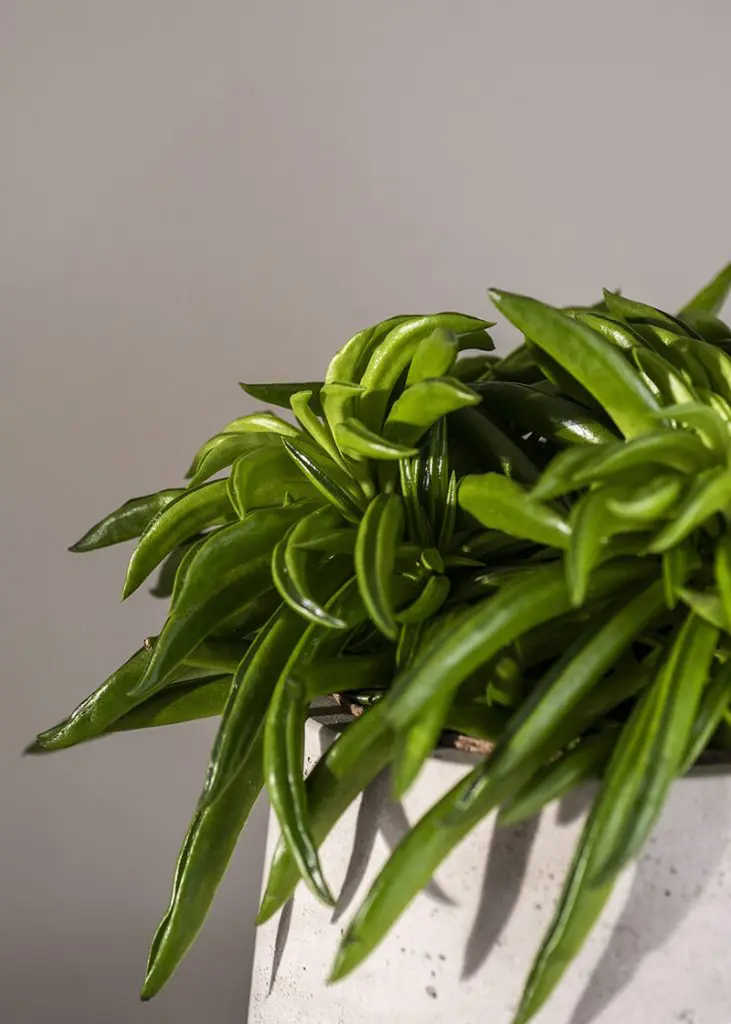
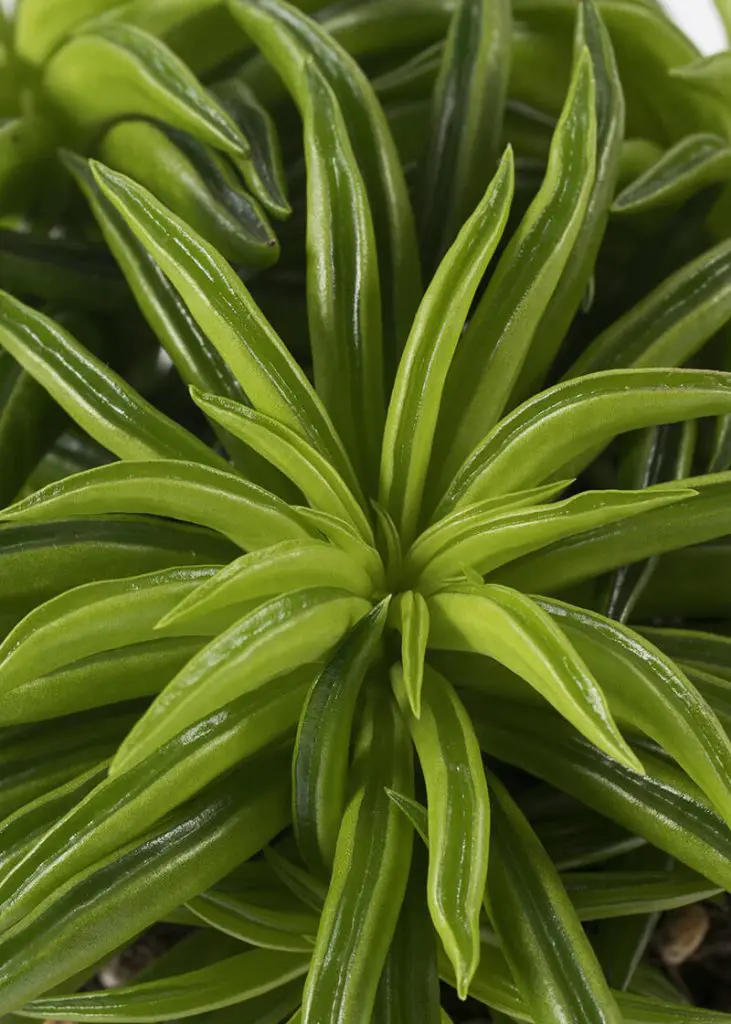
Peperomia “Happy Bean” is a small semi-succulent plant with distinctive pea-pod shaped fleshy bright green leaves that grow in a whorl, or spiral, from the base of the plant.
Latin name
Peperomia ferreyrae “Happy Bean”
Pronunciation
(“pep-er-OH-mee-ah ferry-RAY-ay-ee”)
Common name
Peperomia ferreyrae
Origin
Peru
If left unchecked, the stems can grow into rather erratic shapes, so if you prefer neatness, you can train the stems around stakes. Once the stems get long, the plant loses its compact, bushy habit, which can be maintained by pinching out the growing tip to encourage branching.
Unusually for a plant from the rainforest, this species is succulent, meaning that it stores moisture in its tissues. As an epiphyte (a plant that lives on the branches of another plant), this species needs to find ways of capturing and storing water that doesn’t rely on roots in deep and rich soil. The Happy Bean has a weakly developed root system, so any excess moisture they can capture is stored in the fleshy foliage and stems.
Did you know?
The genus name Peperomia comes from the Greek words peperi (pepper) and homoios (resembling), as it belongs to the pepper family.
Peperomia ferreyrae is non-toxic to pets and humans. It is safe for cats, dogs, and children, making it a great choice for pet-friendly homes and workspaces.
caring for your plant

Light
Medium to high light. Avoid direct sunlight.

Watering
The soil should be allowed to dry out a little between watering. Misting the foliage is beneficial in dry rooms.

Pruning
Pinch out the growing tip to maintain a bushy habit and to encourage branching.

Feeding

pest & diseases
Generally pest free, but keep an lookout for mealybugs. These can be removed by cleaning the plant with a damp cloth or paper towel.
Our plants are grown in Ecoponic, an alternative to soil. Officially known as a vulkaponic substrate, it replaces traditional compost with a clean, mineral-based medium that helps protect peatlands.
According to the IUCN UK Peatland Programme, “A loss of only 5% of UK peatland carbon would be equal to the UK’s annual greenhouse gas emissions.” As well as storing carbon, the natural wetlands where peat is found are critical to the survival of plants and wildlife. Ecoponic also improves plant health and uses water more efficiently.
Find out more about Ecoponic here.

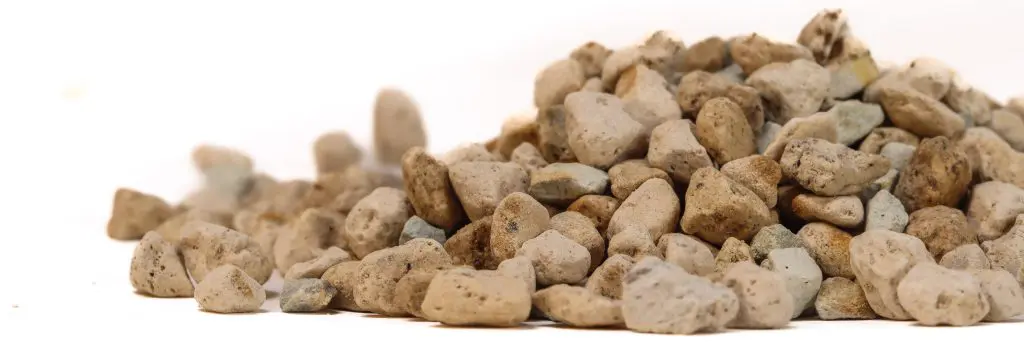
Buy one of my cousins from the nursery
Did you know?
Research from the University of Exeter found that offices with plants can increase productivity by up to 15% while also improving concentration and job satisfaction.
Plantopedia is brought to you as part of our Engage & Bloom workplace experience program.
explore more
Why not continue your journey through the plant world. Explore more plants, their stories, habitats and the benefits they bring to spaces.

